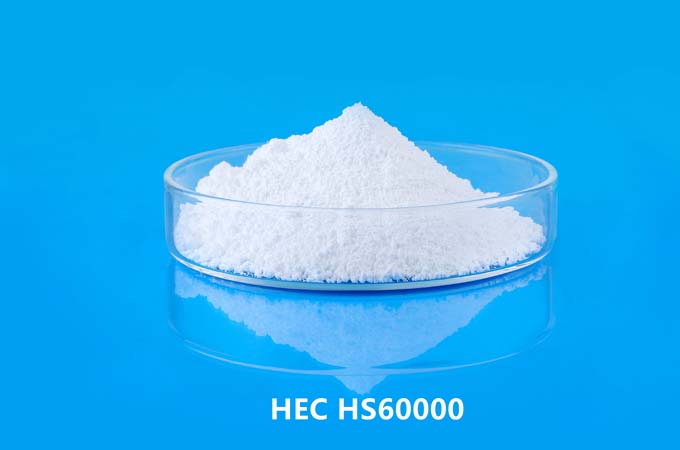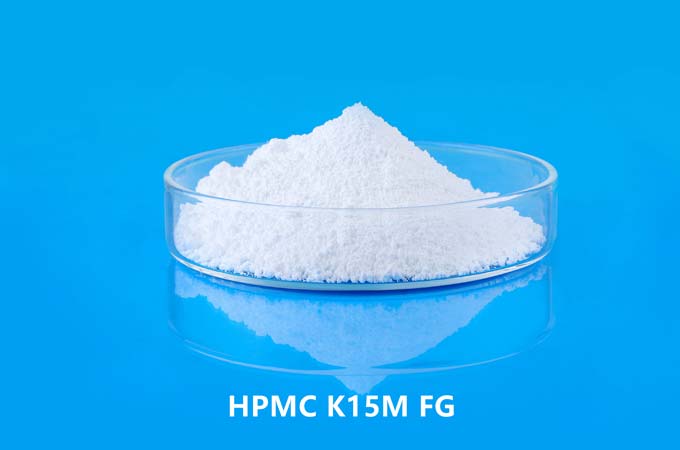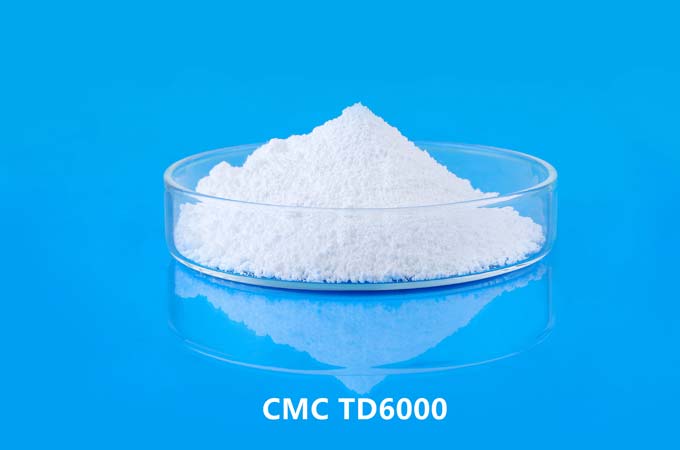Hydroxypropyl Methylcellulose (HPMC) is a non-ionic cellulose ether made from natural cellulose by chemical modification. It has good solubility, thermal gelation, film-forming property, water retention, rheology and biocompatibility, and is widely used in construction, medicine, food, daily chemicals, ceramics, oil fields and other fields. As an efficient thickener, HPMC plays an important role in regulating system viscosity, improving rheological properties and stability.
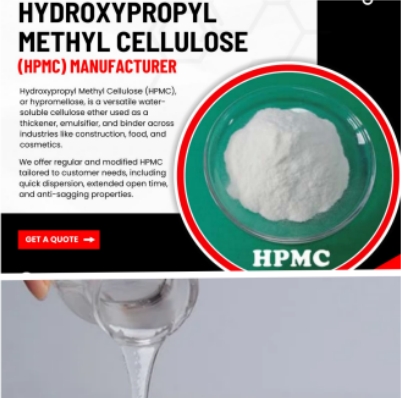
Thickening Mechanism of HPMC
As a thickener, the thickening effect of HPMC mainly comes from the following aspects:
Increase in solution viscosity: After HPMC is dissolved in water, it forms a uniform and transparent colloidal solution. Hydrogen bonds are formed between its polymer chains and water molecules, which restricts the movement of water molecules, thereby significantly increasing the viscosity of the system.
Rheological modification: HPMC has pseudoplastic flow characteristics, that is, as the shear rate increases, the viscosity decreases. This characteristic helps the fluidity and coating performance of coatings, muds and other construction processes.
Intermolecular network structure: At a certain concentration, a network structure will be formed between the HPMC molecular chains, which will bind water and other small molecules and further enhance the thickening effect.
2. Thickening applications of HPMC in various industries
2.1. Construction industry
In construction materials, HPMC is widely used in dry mortar, tile adhesive, putty powder, self-leveling, gypsum products and other systems:
Putty powder/adhesive: HPMC can improve construction, brushing and water retention, and prevent sagging and powdering.
Tile adhesive/mortar: Improve bonding strength, extend open time, and prevent stratification and precipitation.
Self-leveling mortar: HPMC improves fluidity and maintains uniform distribution of materials before curing.
2.2. Pharmaceutical industry
HPMC is an important pharmaceutical excipient, widely used in oral preparations, ophthalmic preparations, and topical medications:
Tablet adhesives and coating materials: The colloid formed after HPMC dissolves improves the tablet formability of the drug, and the coating can achieve controlled release.
Eye drops: HPMC has excellent viscoelasticity and can form a protective film on the ocular surface, relieve dryness and prolong the duration of drug effect.
2.3. Food industry
HPMC is used as a food additive (E464) as a thickener, emulsifier stabilizer, moisturizer, and film-forming agent in a variety of foods:
Frozen food: HPMC prevents ice crystal formation and maintains taste.
Dairy products/beverages: Improve texture, improve suspension stability, and prevent stratification.
Low-fat food: As a fat substitute, it enhances taste and structure.
2.4. Daily chemical products
In personal care products such as shampoo, facial cleanser, toothpaste, and skin care products, HPMC is popular as a mild thickener:
Shampoo/shower gel: Improve consistency, improve fluidity, and enhance foam stability.
Lotion/cream: Provide a soft and thick texture while improving the smoothness of application.
Toothpaste: Prevent ingredient separation and improve paste stability.
2.5. Oilfield Chemicals
In oilfield applications such as drilling fluid, completion fluid, and fracturing fluid, HPMC can be used as a thickener to stabilize the fluid system:
Drilling fluid: Improve rock carrying capacity and improve rheological properties of drilling fluid.
Fracturing fluid: HPMC improves the viscosity and sand carrying capacity of water-based fracturing fluid to ensure smooth fracturing operations.
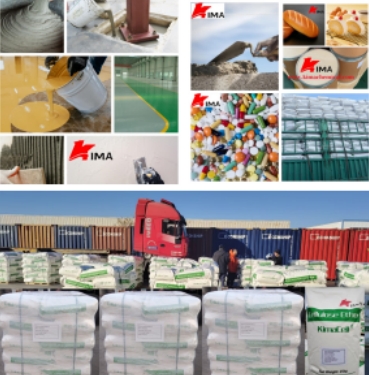
3. Factors affecting the thickening performance of HPMC
Viscosity grade: The viscosity of HPMC ranges from hundreds to hundreds of thousands of mPa·s. Different grades are suitable for different application scenarios. High-viscosity products are used for water retention and suspension, and low-viscosity products are suitable for systems with high fluidity requirements.
Amount added: The thickening effect is closely related to the amount added, which is generally adjusted within the range of 0.1%~2%. The higher the amount added, the greater the viscosity, but it may also affect the stability and fluidity of the system.
Temperature: HPMC solution has thermal gel properties, and gelation occurs as the temperature rises. This property can be used in controlled release or temperature-responsive systems in some applications.
pH value: HPMC is stable in the pH range of 3~11. Beyond this range, it may lead to molecular degradation or performance degradation.
As a green and environmentally friendly non-ionic thickener, hydroxypropyl methylcellulose plays an irreplaceable role in many industrial and daily consumer products due to its excellent solubility, thermal stability, rheological adjustment ability and good compatibility. With the development of technology and the improvement of user needs, the performance and application areas of HPMC will continue to expand, bringing better thickening solutions to more industries.
 English
English 日本語
日本語 français
français Deutsch
Deutsch Español
Español italiano
italiano русский
русский português
português العربية
العربية Türkçe
Türkçe Nederland
Nederland


